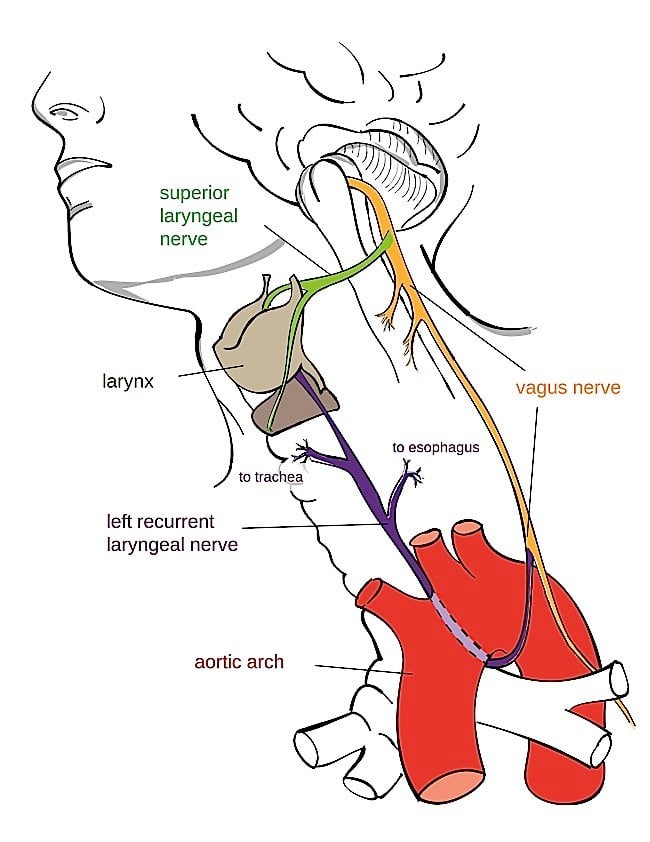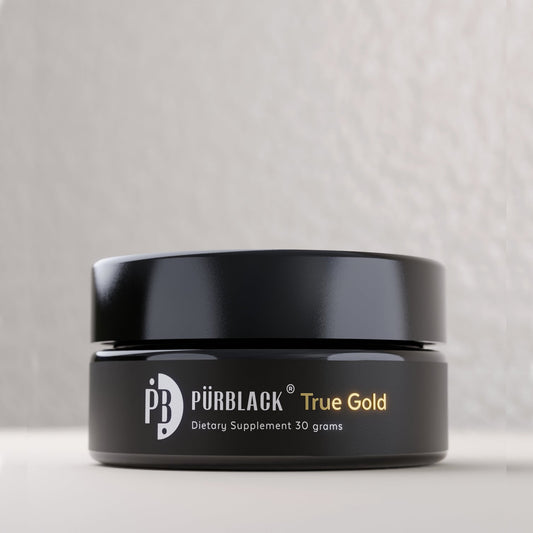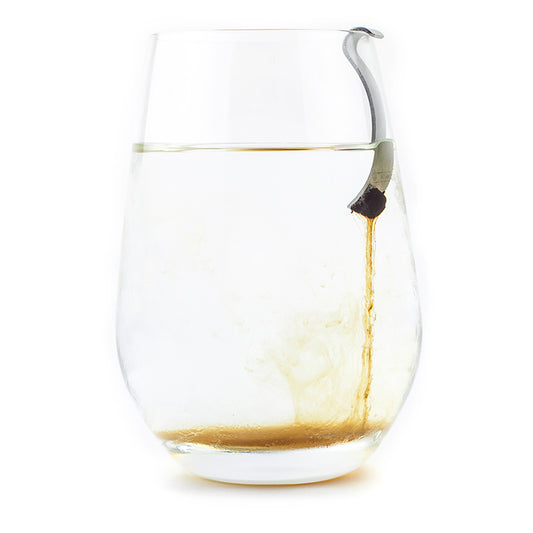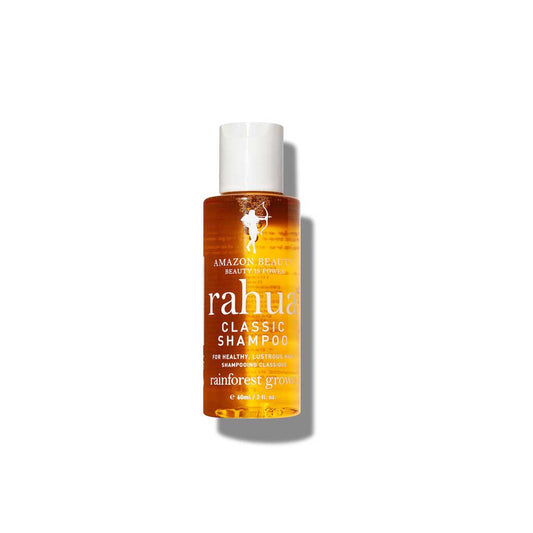Understanding the Vagus Nerve
& Increasing Vagal Tone

Have you heard of it? Chances are you haven’t, so for a quick update: the Vagus Nerve is the longest running cranial nerve in your body. It is one of ten paired cranial nerves and runs from the stem of your brain all the way down to your gut. Simply put, it is one of the most essential parts of the body that most people never knew was important to our well-being until now.
The Vagus Nerve, however, is anything but simple. The word “vagus” literally translates to “wandering” in Latin, and the Vagus Nerve certainly lives up to its name. As the longest and most complex of all the cranial nerves, it starts at the stem of the brain, behind the ears before it meanders down the sides of the neck, through the chest, and eventually ends in the abdomen linking the brain to the heart, lungs, throat and gut.

This long and powerful nerve is related to a wide range of physiological and emotional functions, and new science is proving more and more how important it is to pay close attention to the function and dysfunction of the Vagus Nerve. A wide and growing body of evidence supports the use of various techniques–such as Vagus Nerve massage–to stimulate the Vagus Nerve and increase vagal tone, the activity of the Vagus Nerve. Through proper stimulation and treatment, it is possible to target specific conditions and boost overall health and wellness.
While some nerves have either sensory or motor functions, the vagus nerve has both. Sensory and motor fibres branch out from the heart, gut and lungs to other areas internal organs including the gallbladder, spleen, liver, kidneys and beyond.
Healthline provides a nice list of basic vagus nerve functions:
The sensory functions of the vagus nerve are divided into two components:
- Somatic components – These are sensations felt on the skin or in the muscles
- Visceral components – These are sensations felt in the organs of the body
Sensory functions of the vagus nerve include:
- Providing somatic sensation information for the skin behind the ear, the external part of the ear canal and certain parts of the throat
- Supplying visceral sensation information for the larynx, esophagus, lungs, trachea, heart and most of the digestive tract
- Playing a small role in the sensation of taste near the root of the tongue
Motor functions of the vagus nerve include:
- Stimulating muscles in the pharynx, larynx and the soft palate – the fleshy area near the back of the roof of the mouth
- Stimulating muscles in the heart, where it helps to lower resting heart rate
- Stimulating involuntary contractions in the digestive tract. This includes the esophagus, stomach and most of the intestines, allowing food to move through the tract.

Not only does the Vagus Nerve control important motor and sensory functions, it is also the driving force behind the parasympathetic nervous system. An article out of Harvard Medical School explains the function of the PNS well:
The sympathetic nervous system functions like a gas pedal in a car. It triggers the fight-or-flight response, providing the body with a burst of energy so that it can respond to perceived dangers. The parasympathetic nervous system acts like a brake. It promotes the "rest and digest" response that calms the body down after the danger has passed.
When the sympathetic nervous system enacts the flight-or-fight response, a host of physical changes happen. Epinephrine (adrenaline) begins pumping through the body. The heart and breath rates are accelerated, digestion slows or stops altogether, blood vessels constrict and muscles tense in preparation to fight or flee.
The Vagus Nerve and parasympathetic nervous system is responsible for bringing the body back to homeostasis. After periods of stress and anxiety, this "calm" state is brought about by releasing a neurotransmitter called acetylcholine.
Some people speculate that the evolutionary purpose for our bodies' flight-or-fight response is now far removed from our actual daily lives in the modern world. Instead of imminently dangerous events, like running from a predator, that would require a person to act quickly, life is filled with dozens and dozens of smaller daily stressors that don't actually require the physiological fight-or-flight changes our bodies go through. Psychology Today points this out in their article "A Vagus Nerve Survival Guide to Combat Fight-or-Flight Urges"
Unfortunately, the Toffleresque “future shock” of the 21st-century digital age (marked by too much change in too short a time) is causing our evolutionary biology to short-circuit by throwing our individual and collective nervous systems out of balance
Fortunately there are ways to help induce the calming effects of your Vagus Nerve response, otherwise known as increasing your vagal tone.
Not all Vagus activity is created equal; meaning, one person's Vagal response, measured as your "vagal tone", may be higher or lower depending on a host of factors including genetics, stress and other potential dysfunctions related to the Vagus Nerve.
Remember, the vagal response is the "calming" of your body, therefore a vagal tone indicates an increase in resting state and better overall health, while a weak or low vagal tone is associated with a range of health risks.
While there are more invasive procedures that target vagal nerve stimulation using electrical impulses, there are also other less invasive techniques that can be employed as part of a regular wellness routine including breathing exercises, meditation, massage, cold therapy, exercise, flow states and even simple face-to-face social connectedness.
OSEA developed their Vagus Nerve Oil with a unique blend of Juniper, Jojoba, Lavender and Chamomile aimed at lessening the stress response and calming the vagus nerve response. Pair Vagus Nerve Oil with massage aimed at increasing vagal tone for increased benefit.
- Choosing a selection results in a full page refresh.







